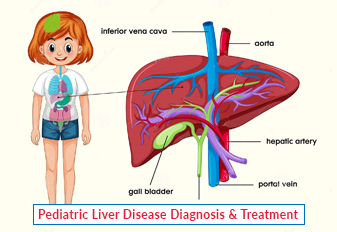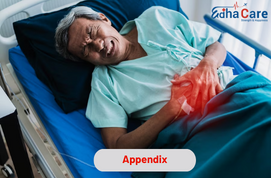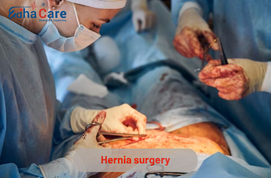Cholecystitis Surgery

Surgery for cholecystitis, usually referred to as the procedure, includes the removal of the the gallbladder Surgery is required for cholecystitis, which is defined by gallbladder inflammation frequently brought on by gallstones, in order to treat the condition and avoid consequences. Laparoscopic cholecystectomy or open cholecystectomy are the two main methods. The less invasive and more common method, laparoscopic surgery, includes small abdominal incisions for special instruments and a tiny camera for removing the gallbladder. On the other hand, a bigger abdominal incision is required for an open cholecystectomy. While both procedures are usually safe, laparoscopic surgery has an advantage of a quicker recovery and less pain following surgery. During surgery, the majority of patients say they feel better from their cholecystitis symptoms and are returning to their regular routines in just a few weeks.
Book an AppointmentAbout Cholecystitis Surgery
Cholecystitis Symptoms: Severe abdominal discomfort, particularly in the right upper quadrant, vomiting, nausea, fever, and bloating are common symptoms of cholecystitis, an inflammation of the gallbladder. Usually, these symptoms appear after eating, especially after foods that are high in fat.
Cholecystitis Causes: Gallstones that obstruct the flow of bile or cystic ducts can induce cholecystitis by causing a buildup of bile and inflammation. Tumors, gallbladder damage, and infection are possible additional causes. Being overweight, abrupt loss of weight, a diet heavy in fat or cholesterol levels, and specific medical disorders including diabetes are indicators of risk for developing cholecystitis.
Cholecystitis Remedies: Surgical removal of the gallbladder (cholecystectomy) is the most common treatment for cholecystitis, especially for recurrent or severe cases. In less severe cases, treatment may involve pain management, dietary changes to reduce fat intake, antibiotics for infections, and anti-inflammatory medications. However, surgery is often necessary to prevent recurrent attacks and complications associated with cholecystitis.
Procedure of Cholecystitis Surgery
Preparation: To make sure the patient is ready for surgery, a pre-operative evaluation is performed, involving a review of their medical records and tests for diagnosis. Options for anaesthesia are talked about.
Anesthesia: During the surgery, a general anesthesia is used to produce consciousness and pain relief.
Incision: The lower abdomen is separated into multiple tiny incisions during a laparoscopic cholecystectomy. An open procedure for cholecystectomy involves making a single, bigger incision.
Access and Visualization: Laparoscopy devices, including a digital camera, are inserted through the cuts to access and visualize the gallbladder. During an open procedure, the gallbladder is directly accessed by the surgeon via the incision.
Gallbladder Removal: The surgeon effectively separates the gallbladder from the liver and the bile ducts using specialized instruments. The gallbladder is subsequently removed either through the bigger incision during the open procedure or through one of the two laparoscopic incisions.
Closure: Surgical staples or sutures are utilized to close incisions.
After Surgery: In the recovery area, the patient is kept an eye out for any potential problems right away. Antibiotics and painkillers might be recommended. Within a day or two, patients are usually released from the hospital and given instructions on post-operative care, which may include food and exercise limitations. Appointments for follow-up are planned in order to track recovery.
Require Assistance?
Get A Quick Callback From Our Healthcare Experts






